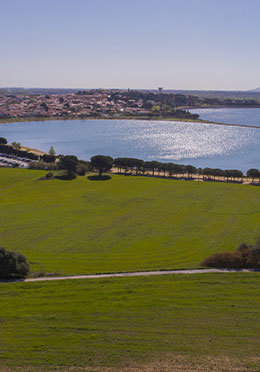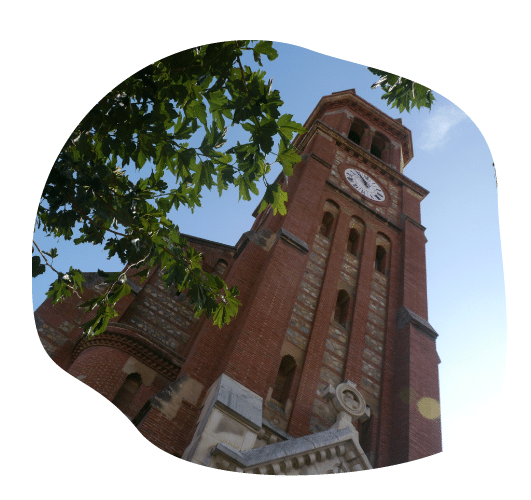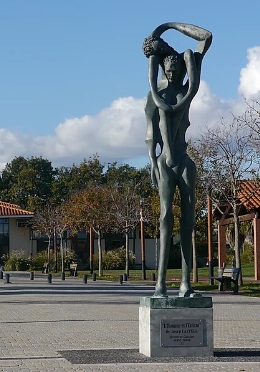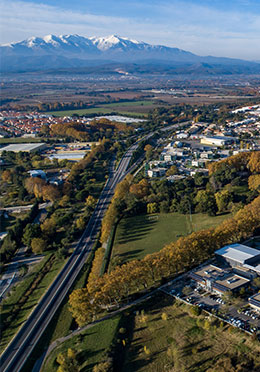
The 36 Communes
City of Pézilla-la-Rivière
A rich Roman settler, Pecilius, was probably the founder of Pézilla and gave it its first name: Villa Peciliani. Pesillà de la Ribera was then given to the Abbey of Lagrasse in 898, which made it a privileged village in the Middle Ages. Since then, it has been equipped with a remarkable network of irrigation canals that structure the landscape and have always contributed to the richness of Pézilla's agriculture. The surface area of the commune is 1,562 hectares and its altitude varies between 40 and 243 metres.
The story
The historical centre of the village is a cellera, built on a small hill and surrounded by walls in the 14th century, with a Gothic gate called the "Revelli" Gate. The contrasts between the irrigated land (regadius) and the dry land (aspres) are strong, and this duality offers a series of varied and complementary landscapes, favourable to a multiform agricultural development. The bed of the Têt is bordered by a very dense shoreline forest which helps to absorb the overflow in the event of flooding. Beyond this forest and up to the first terraces, the alluvial plain is fertilised by a network of irrigation canals, built throughout the Middle Ages. The maintenance and conservation of this hydraulic network, which also serves to drain rainwater, is a major challenge for the future of the village. In the 9th century, the village settled on a small hillock in the plain: this is the current cellera.
Pézillanais
Number of inhabitants
The town of Pézilla-la-Rivière has approximately 3,791 inhabitants. Its inhabitants are called Pézillanais.
CHURCH OF THE SAINTES-HOSTIES
The village of Pézilla developed around the cellera and an old Romanesque church from the 11th century. At the end of the 19th century, the development of the cult of the Holy Hosts led to the construction of the present church.
The church was enriched by a series of works of art of great variety: a Roman altar from the first century dedicated to Diana and Apollo, which served for a long time as a baptismal font, a Visigothic chancel from the 6th century, pieces of goldsmithery from the 14th and 15th centuries, a stoup and baroque statues from the 18th century, and a small 19th century organ. It was inaugurated on 3 April 1893 on the occasion of the centenary of the Holy Hosts.






